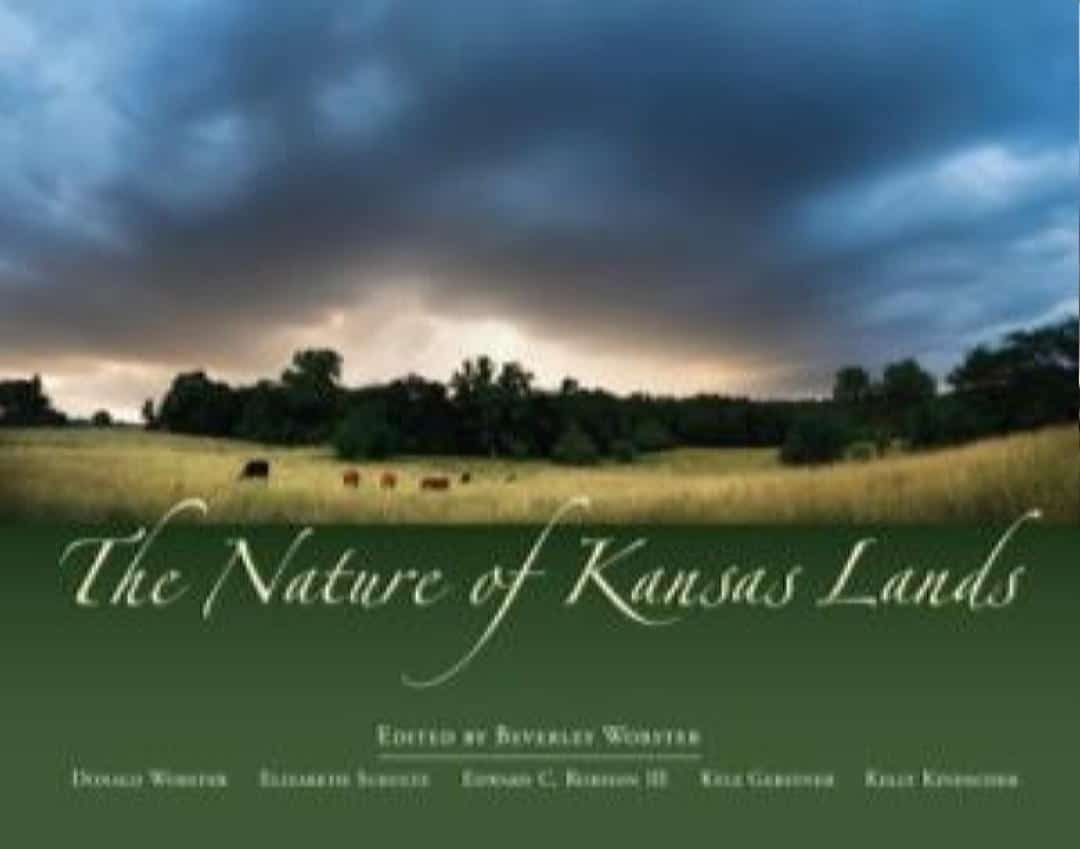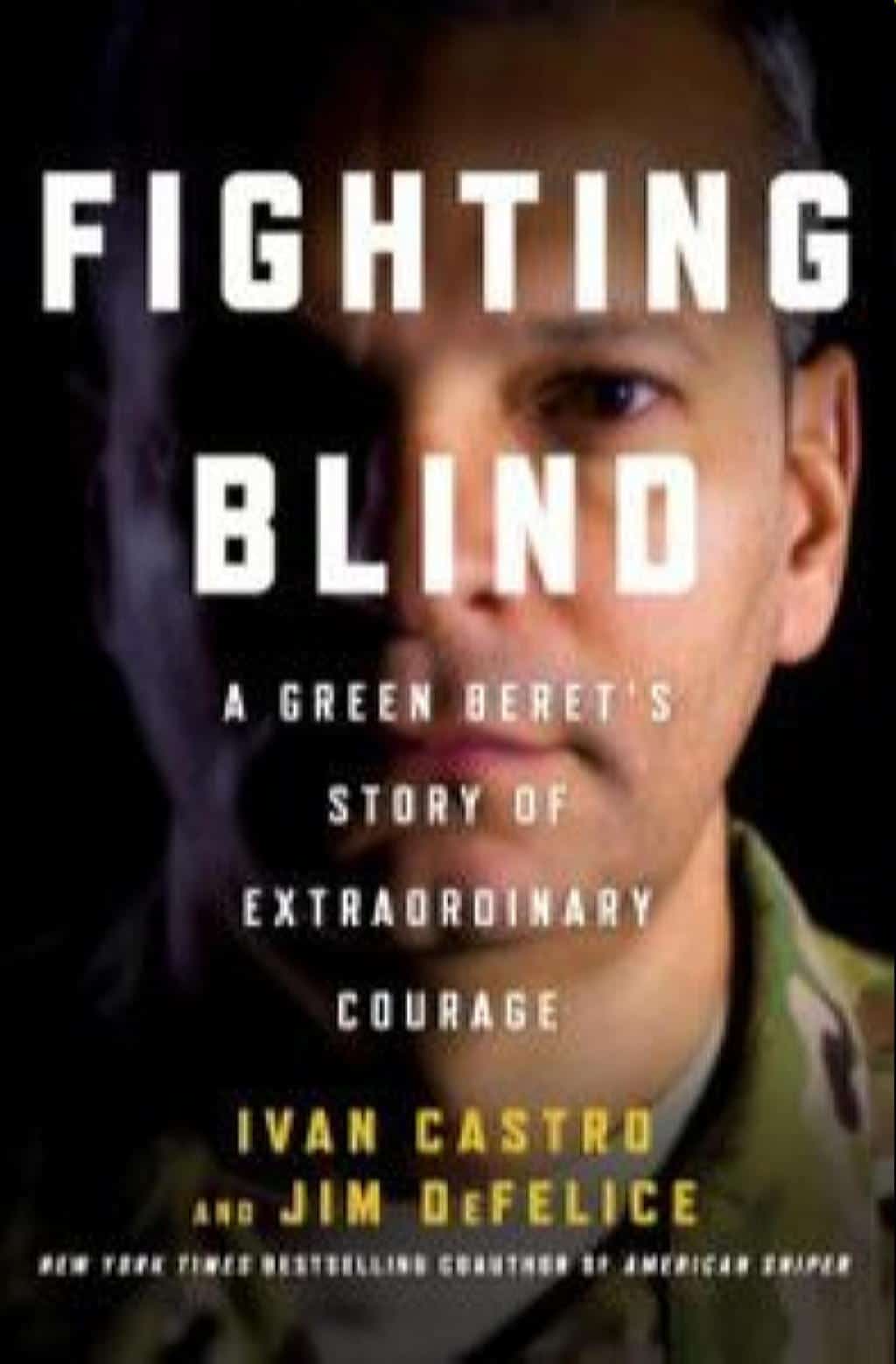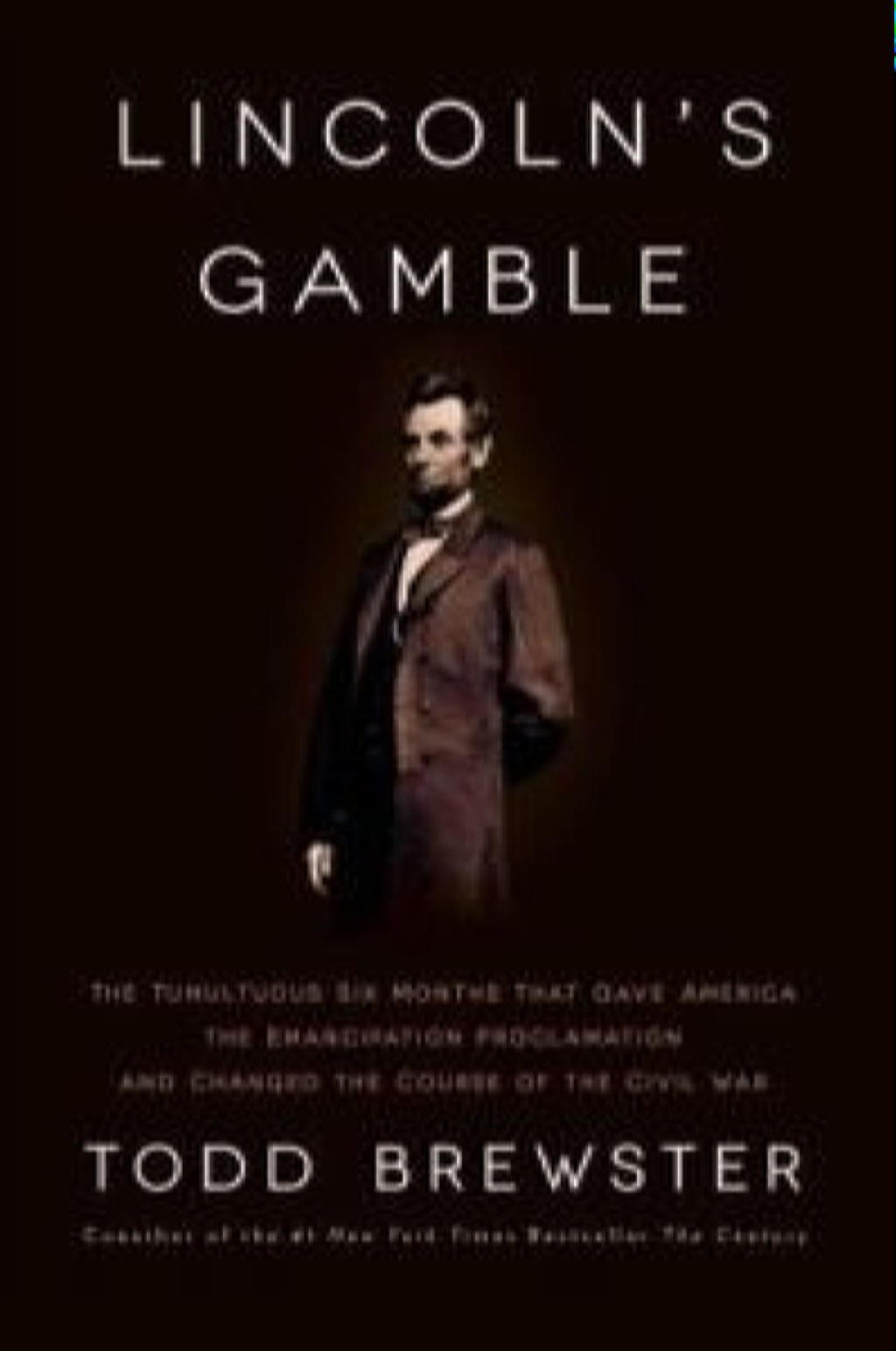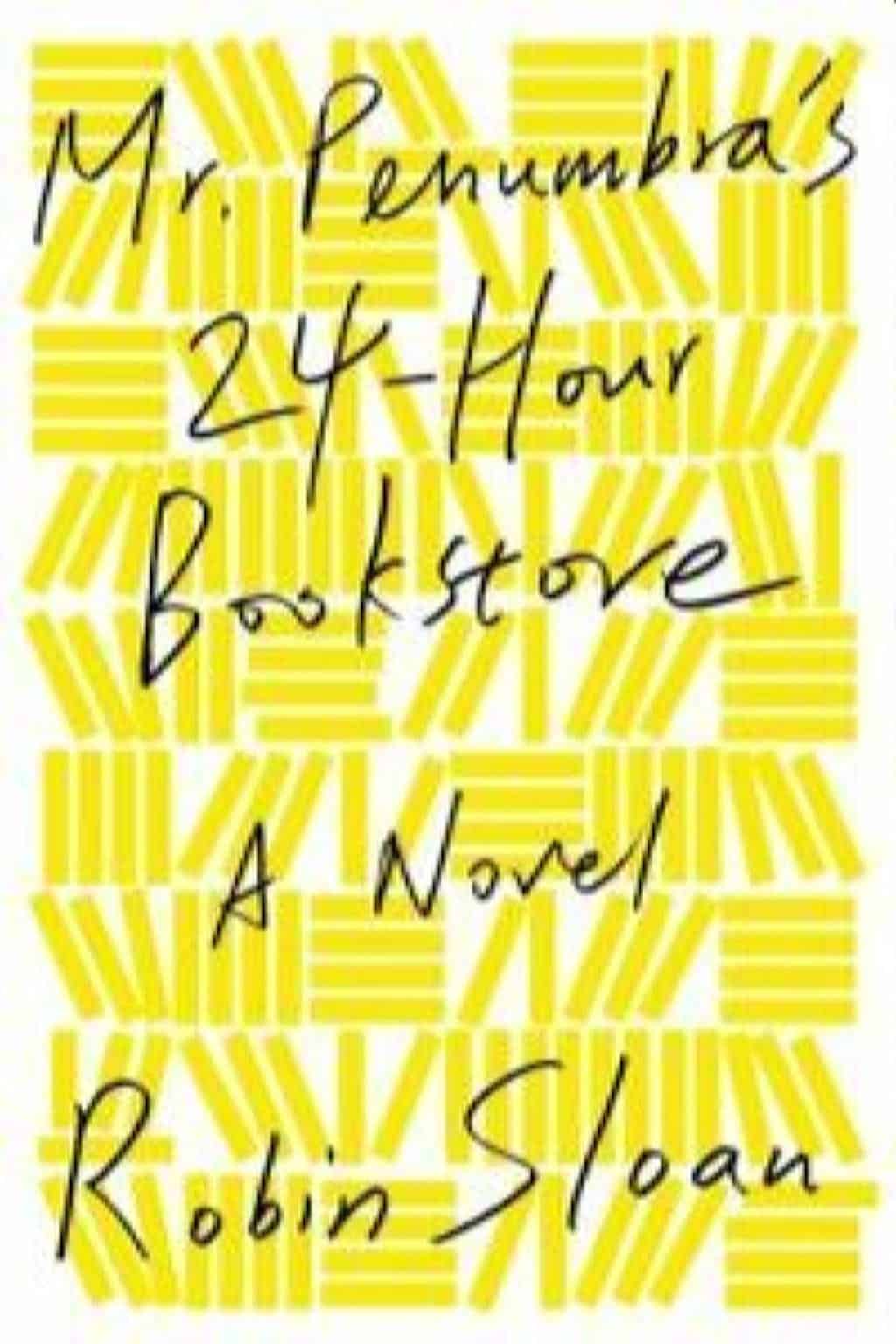 Exploring Kansas Outdoors
Exploring Kansas Outdoors
By Rhonna Hargett, Adult Services Manager
Kansas isn’t really known for its outdoor splendor, but for those of us who have taken the time to slow down, go beyond the interstate, put on some bug spray, and explore, there are wonders to behold.
After hearing about a cave near his hometown that he never knew existed, George Frazier started a quest to find and share the few remaining bits of wilderness in our state, resulting in The Last Wild Places in Kansas. With one unexpected treasure after another, he draws us into the thrill of discovery, the history of the place, the characters in its past and present, and a bit of the science behind it. His engaging recounting takes us all over the state, sharing his adventures and misadventures along the way. I have loved Kansas for many years, but The Last Wild Places in Kansas exposed me to new wonders and allowed me to further explore my beloved state. The book would have benefited from more images and maps but had enough to keep me oriented. Whether you are new to the subtle marvels of the Kansas wild or a seasoned expert, Frazier’s book is sure to delight.
If you enjoy Kansas photography, you’ll want to pick up A Kansas Year by Kansas Wildlife and Parks photographer, Mike Blair. Blair uses photography and essays to share the wonder of the Kansas outdoors, season by season. His essays are more about reflecting on the natural world than on educating, but they are informative in a subtle way. His photography gave me a view into a Kansas that I have never been able to observe. With each month represented by ten short essays, A Kansas Year provided a peaceful pause in my days.
The Nature of Kansas Lands, edited by Beverley Worster, is also a collection of essays and photography, but is grouped by ecosystems. We explore waterways, woodlands, grasslands, farmlands, and high plains with expansive images, personal experience essays, and short, informative sidebars that tie it all together. This is an impressive book, but I have to say that my favorite aspect of it is the sidebars. It is rare to find such a concise summary of area natural history. This would be a great book for those who are new to Kansas or who are looking for an overview.
For those who want to do their own exploring, the best resource to get you started is Marci Penner’s The Kansas Guidebook for Explorers. Organized geographically, the guidebook has short descriptions for an impressive amount of attractions for everywhere in Kansas. The focus is on town-life, but there is still a good representation of the outdoors. Besides, it’s nice to have a recommendation for a good place to eat and a comfy bed & breakfast to aid in recovery from any strenuous outdoor adventures. A few years ago, this book led me to the International Forest of Friendship in Atchison, a great place for a peaceful walk among some beautiful trees. Since then, I don’t venture out in Kansas without it.
For those of you with particular outdoor interests, there are a few guides that must be mentioned. Kansas Trail Guide: The Best Hiking, Biking, and Riding in the Sunflower State by Jonathan Conrad is a thorough guide of the history, location, and wildlife of the many trails in Kansas. Paddling Kansas by Dave Murphy shares routes and guidance for taking on Kansas rivers. The Guide to Kansas Birds and Birding Hot Spots by Bob Gress shares where to go and what to look for to find the wealth of birds that venture into our borders.
I also want to note that almost all of the books I’ve mentioned are Kansas Notable Books. The award website is a great place to start when you want to find the best sources for learning more about Kansas.


 Biographies “On Demand!”
Biographies “On Demand!” Juneteenth, the Celebration of Freedom
Juneteenth, the Celebration of Freedom Dipping Your Toe into Sci-Fi/Fantasy
Dipping Your Toe into Sci-Fi/Fantasy